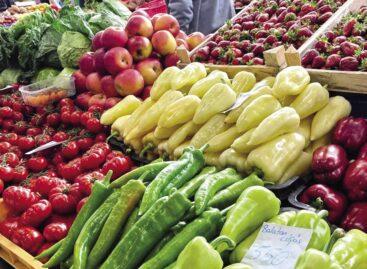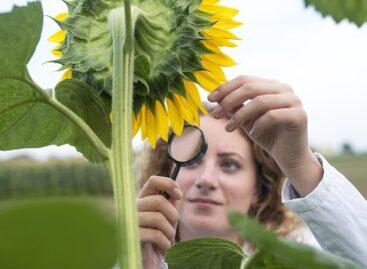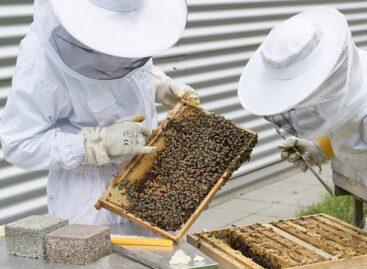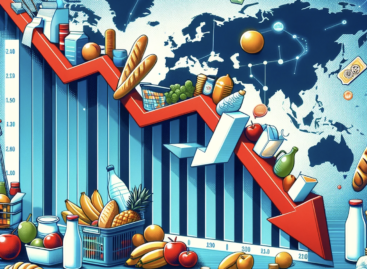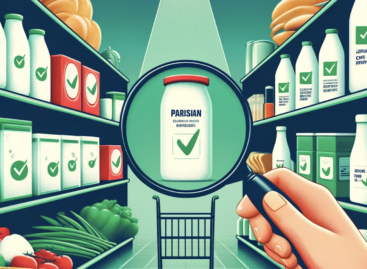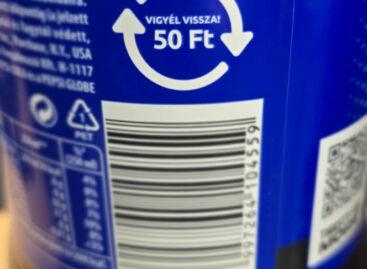The efficiency of pig farming has improved
The domestic pig sector has made significant progress in the last few years. Although the stock fell in line with the European trend, the reduction is partly due to increased efficiency. According to the National Chamber of Agrarian Economy, this result is even more outstanding in light of the many trials that have befallen the sector in recent years.
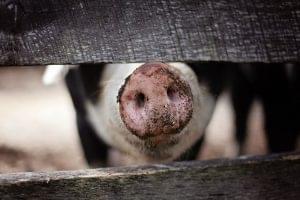
(Photo: Pixabay)
The EU pig sector cannot boast of good results. Overall, production in the European Union fell by 3 percent last year. The most significant pig farming countries, including Germany and Poland, are no exception to the negative trend. In the former, a decrease of 6.2 percent was recorded in 2022, which can be partly attributed to the political leadership that relegates animal husbandry to the background. And for the Poles, the devastation of the African swine fever left lasting marks on the sector, which put the country’s self-sufficiency at risk. Within Europe, only the Spanish achieved better results in the past year, but in the future, it is questionable how they will be able to produce efficiently with the increasing cost level. Meanwhile, American and Brazilian pig output is increasing, and EU producers have to compete on the world market with increasingly strict environmental and animal welfare regulations. All this predicts the loss of space for the EU pork sector.
In our country, the number of sows and fattening animals also decreased in the past year
According to the application for animal welfare subsidies, the end of 2022 and the beginning of 2023 brought the lowest point in the number of sows, but this autumn the herd has already increased by 6-7 thousand sows, and thanks to continuous introductions, this number will rise even further. Thanks to the farm investments, 6-8 thousand new sow beds were created in the country in the last few months. In the last two years, the number of sows in Hungary has decreased by about 20,000, but the decline can be partly attributed to efficiency-enhancing measures. In the last two years, the sector has made enormous progress in this area, and all this in a very difficult economic environment. Thanks to the farm investments and the higher animal health status, the number of piglets born alive per sow increased by 3.5 in the last 4-5 years, which represents a major step forward in efficient production.
From the point of view of the future, it is promising that KAP Strategic Plan tenders will start next year
It is hoped that the domestic pig farmers will be able to start the tenders with a better financial year behind them. While the drastic drop in crop prices is a serious problem in arable crop production, it is easier for livestock keepers that compared to last year’s drastically high feed prices, this year they can get feed for less. However, other input costs remain high.
It is good news for the sector that animal welfare subsidies will continue to contribute to successful production over the next few years
The fattening animal welfare subsidy may expire in 2026, and the sow subsidy in 2027. At the same time, it is important to keep these support structures under national competence even after that, because the European Commission does not act in support of the sector, they may ask for unacceptable conditions in exchange for possible financial assistance.
NAK
Related news
Vegetables on the grill – or as a side dish
The barbecue season kicks off with the arrival of really…
Read more >There are many old people and few women in domestic agriculture
A third of agricultural managers are already 65 years old…
Read more >Beekeeping is one of the most important branches of agriculture
Honey can be imported, but pollination cannot, which is why…
Read more >Related news
OECD: Food price inflation fell sharply in most countries
The Paris-based Organization for Economic Cooperation and Development, the OECD,…
Read more >Nébih experts examined the cheapest foods
In order to protect consumers, the National Food Chain Safety…
Read more >Szentkirályi Magyarország’s deposit-fee PET bottles are already on store shelves
Szentkirályi Hungary was one of the first to start the…
Read more >

